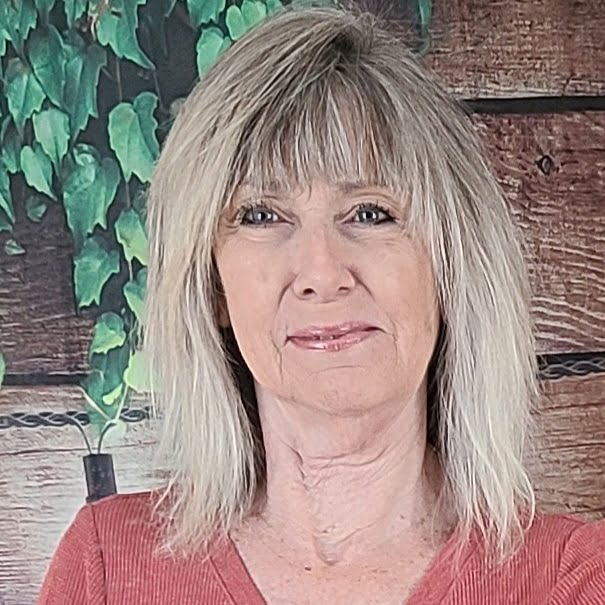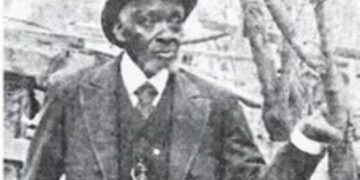
In 1963, she came across the pond and spoke at Yale University about care of the dying. In 1967, the Dean of the Yale School of Nursing went to England and worked with Dr. Saunders, to learn about hospice care.
Many of us have read the ground breaking book by Elisabeth Kubler-Ross, On Death and Dying. She testified before a Senate committee on Aging. Connecticut had the first hospice in Connecticut, and by 1986 Medicare Hospice Benefit was put into practice.
NHPCO, the National Hospice and Palliative Care Organization has been providing care for 48 years, since the Connecticut Hospice opened its doors.
Hospice care helps people in the last stages of life live their time comfortably. Palliative care offers relief from pain, no matter the stage or eventual outcome of their illness. In the event of the patient’s illness or situation worsening, they can be transitioned to hospice care.
I can’t think of any job that takes more of a special kind of dedication than that of a hospice nurse.
I was never really aware of what hospice or palliative care was all about until it was suggested for my mom several years ago. She was adamantly against even the suggestion of it, when it was first brought up, because to her, it meant imminent death.
After her second hospitalization, my mother became convinced that it may be a viable option, allowing her to stay home, and take some of the burden of care off me.
We had a wonderful nurse, Emily Ryan. It takes a very special person to care for a stranger, while they are preparing (albeit reluctantly) to exit the world.
Not only are the hospice nurses dealing with the patient, they have to be a support for the family who bear most of the weight of caring for their loved one. As one caregiver family member shared with me, “Hospice got us through the hardest times of our lives.” The nurses can also be a peacemaker between family members who may have different thoughts on caring for the loved one.
Questions abound – ranging from frantic calls about the oxygen level, amounts of medications being administered by the family member, what does this mean, is this a normal reaction, am I doing this correctly, and the overall stress of watching a loved one die. Having gone through this once, I hope I don’t have to do it again, but could never have done it without the unwavering support Emily and her team.
The toll on each individual hospice nurse must be immense. Emily admits that she “put a lot of emotional energy into it, some people have better professional or emotional boundaries. The approach I had was, that I genuinely liked the people I worked with. You find something to like and appreciate about everyone. They are people you may have not ever had the opportunity to cross paths with out in the world. People are grieving their own deaths, and go through the different stages. When they are older and have lived their lives, they are more ok with it. When they are younger, they can be angry, they bargain, and all the things you hear about grief. You get insight on people who are going through a once in a lifetime experience. Like birth, it is definitely the only other thing that you will go through one time. It’s very unique. I’ve learned an awful lot from people.”
Emily earned her nursing degree in 2015, and started working at Sentara . After a year, an opening became available in hospice, and she worked as a hospice nurse for 6 years. She now works in a different capacity, for the Veterans’ Administration, going to patients’ homes.
When asked if she remembered her first hospice patient, Emily said she remembered her very first death. She was relatively new, and only had the patient for about 2 weeks. “It was a lot. And you have to go to that place where you often have to go in nursing, where you batten down, until you get the job done. I remember being very emotional after that first one, and for several patients after that. But, then it becomes more routine, you become more comfortable with the families, and they with you. There are no good words for these situations sometimes.” Emily learned to say to family members that which seemed the most appropriate, “It’s not ok now, but it will be ok. It will get better, even though it lasts your whole life.”
She has worked with whole families in the community, which makes it so much more special, being known to the family, and seeing them through it.
The nurses in the area have territories, but families can request a nurse they are familiar with, if it is at all possible.
The administrators of hospice realize the importance of those requests, if the family has an emotional connection with a nurse, they try to honor the family’s request.
Experiencing the death of her grandfather, when she was 15, taught Emily that it is the small things that matter – that the patient is heard, doesn’t feel alone, they are comfortable, and even the smallest needs are met, even if it is unspoken. “It’s not just about your vitals, people need touch, they need presence.”
Hospice is a specialized area of nursing, if a person dies at home, and hospice is not involved in their care, EMS must be called, a police officer has to pronounce. It all moves more smoothly, when a hospice team is involved.
Palliative care means a person can still be pursuing treatment driven intervention, and palliative is available if the patient is having trouble with symptom management. The nurses involved with palliative care may be able to prescribe medicines that a family doctor would not. Hospice might be considered a subset of palliative, it deals with end of life- which may be as little as 2 weeks, or could go for a couple of months, where the patient is not going to pursue any more treatment.
Nurses develop connections as time goes on, when they are case managing, they are always looking for community resources to help the people they are caring for. It may be as simple as referring them to Equipment for Caring for medical supplies, or as in another case, contacting Habitat for Humanity to get a ramp built to allow the patient access to the outdoors in her wheelchair. Social workers are part of the hospice team, along with chaplain, the nurses, bereavement team.
For people who are afraid of hospice and what they think it means, Emily says “With clinical progression, a physician might think you are going to pass within 6 months, that’s the Medicare criteria, I have had a patient for 5 years. If a patient comes on at the very end of their life, it can be kind of frantic trying to get to know them and the family. If we can get in there early, we can get things set up, letting them know what they need and establishing a relationship. I feel like sooner is better. Hospice never does anything to shorten your life. They are there to make it better. Statistics show people live longer on hospice care, because they have a nurse in their home at least once a week who knows them very well. It is genuinely one of the most helpful services you could ever bring into your life.”
Erica Jeffers of Edinburg is another special person in this line of work. A JMU graduate, she has been in nursing for 13 years, starting in the old RMH Oncology unit. She too likes to establish a relationship with the patient and family early on, “not just at the end of life. It’s not about giving up hope, but the quality of life, not the quantity.”
Although Erica can’t recall her very first patient, there are a few that stand out in her mind who touched her deeply. She loves what she does, and can’t imagine doing anything else.
Nursing is a profession that takes a very special kind of person. To work in hospice, those nurses are helping the patient and the family deal with end of life. Never an easy thing. Remember to thank those nurses on National Heroes Day this month, and every day.
































